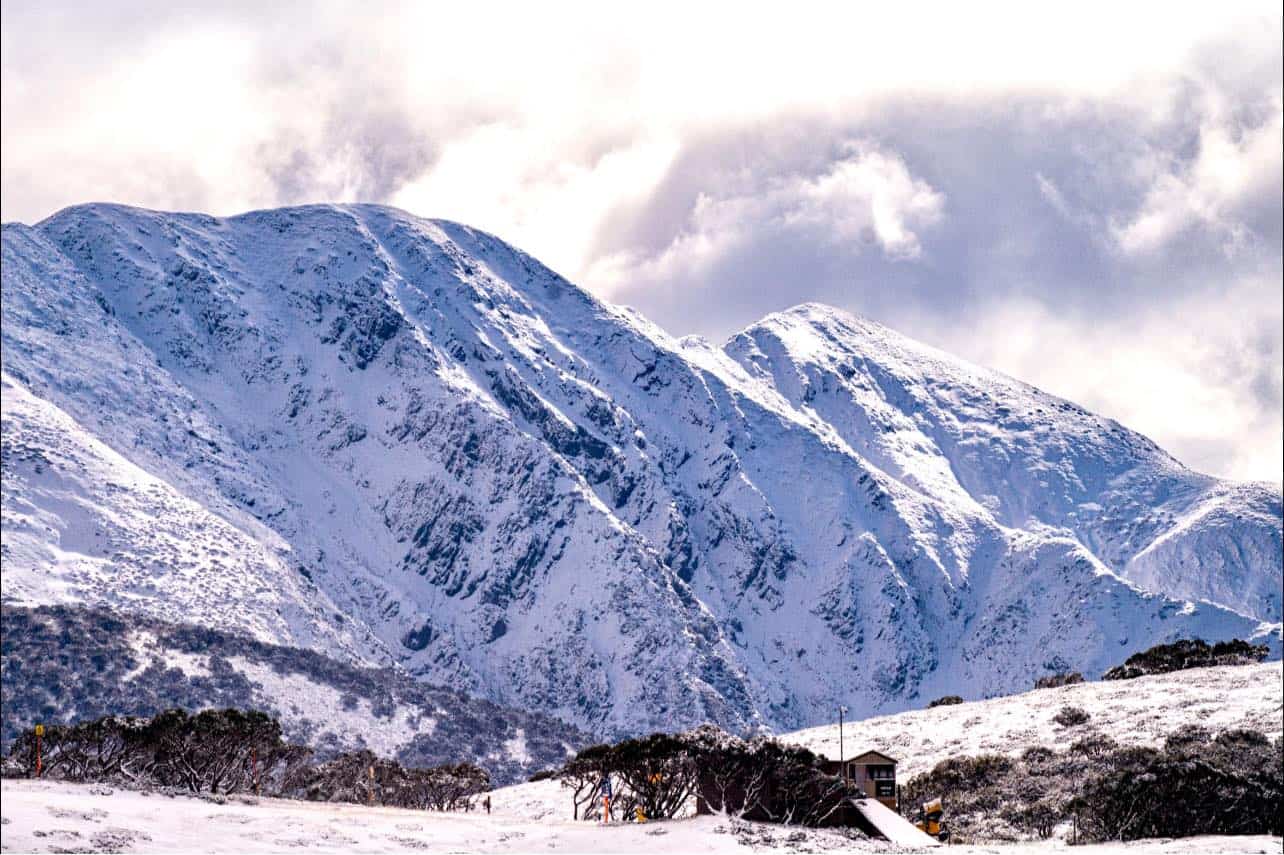Learn About the Most Scenic and Snow-Covered Destinations In Australia
Learn About the Most Scenic and Snow-Covered Destinations In Australia
Blog Article
Discover the Interesting Impacts of Snow in Australia on Neighborhood Ecosystems
In spite of its track record for sun-soaked landscapes, Australia also boasts areas buried by snow-- a phenomenon that profoundly influences the nation's distinct environments. The insulating residential or commercial properties of snows secure vegetation and fauna in the middle of the chilliest winters, while the melting snow supports rivers and water life. The genuine wonder lies in how these wintry conditions shape the country's biodiversity and nutrient cycles. As we unravel this complex partnership, we locate ourselves walking on uncharted grounds in Australia's high nation.
The Unexpected Areas of Snowfall in Australia
Although Australia is frequently related to sandy coastlines and sun-scorched landscapes, particular areas remarkably experience snowfall. The high country areas of New South Wales, Victoria, and Tasmania are especially recognized for their winter snow. The Snowy Hills in NSW, for circumstances, obtain plentiful seasonal snow, offering a stark contrast to the nation's regular warm, arid environment. The Victorian Alps and parts of Tasmania likewise see annual snowfalls, changing the landscape into a winter season heaven. These locations are not simply abnormalities but important components of Australia's diverse climate system. The visibility of snow in these regions significantly affects neighborhood communities, subsequently influencing the country's unique biodiversity. The specific influence on Australia's distinct plants will certainly be discussed in the next section.

How Snow Impacts Australia's Distinct Vegetation
While it may appear uncommon, snowfall in Australia plays an essential function in forming the nation's unique vegetation. The snow-filled winters months foster strength in Australian plant species. This is specifically noticeable in the towering and sub-alpine areas, where snow gum tissues and hill plum-pines grow. These plants have advanced to survive in severe problems, with snow working as a protective covering from freezing temperature levels and rough winds. The snow additionally adds to the dampness web content of the soil, offering necessary hydration for plant during the completely dry summertime months. Fundamentally, the snow influences the timing of blooming and seed dispersal, the development rates, and the survival click this of lots of plant species, showcasing the elaborate interaction in between environment and plants in Australia.

The Adjustments of Australian Animal to Snowfall
Equally as Australia's flora has actually adjusted to the wintery conditions, the regional animals also, show impressive adjustments to the snowfall. Species like the Mountain Pygmy-possum, the only Australian marsupial understood to hibernate, have advanced strategies to endure in snowy settings. It utilizes the snow as insulation, hibernating in rock gaps beneath the snow to remain warm. The Snow Skink, a varieties of lizard, changes its colour to white throughout winter months, supplying camouflage against killers. Birds such as the Snowy Hills' Crimson Rosella additionally adjust their diet plans to consume available food sources during chillier periods. Hence, despite the extreme problems, Australian fauna shows a flexible and resilient nature, ensuring their survival in areas experiencing snowfall.
The Function of Snow in Forming Regional Communities
In forming the regional environments, the function of snow in Australia is both profound and multilayered. It influences the circulation of vegetation and fauna, advice mostly specifying the biodiversity of towering and sub-alpine areas. Snow offers a vital water resource, feeding rivers and reservoirs as it melts, therefore supporting a selection of marine life forms. In addition, snow serves as an insulator, safeguarding ground-dwelling microorganisms from extreme cold. Likewise, it plays a significant role in dirt development and nutrient biking. The routine freezing and thawing of soil generated by snowfall fosters the failure of rocks, boosting soil fertility. The existence of snow shapes the greenery patterns, animal actions, and total sustainability of Australia's special ecosystems.

The Future of Snowfall in Australia: Predictions and Ramifications

Provided the important function snow plays in forming local ecological communities, the future of snowfall in Australia is attracting boosting attention from ecologists and researchers. Much less snow can result in decreased water accessibility in alpine areas, adversely impacting wild animals environments and plant life. The tourism market, greatly reliant on the winter months snow season, may also deal with significant difficulties.
Conclusion
The duty of snow in Australia's communities is essential yet commonly ignored. Hence, the snow in Australia is a lot more than a natural phenomenon; it's a vital player in the nation's ecological story.
Regardless of its online reputation for sun-soaked landscapes, Australia also boasts regions buried by snow-- a phenomenon that profoundly affects the nation's special environments. It utilizes the snow as insulation, hibernating in rock crevices under the snow to stay cozy - Snow In Australia.In forming the neighborhood communities, the duty of snow in Australia is both multilayered and extensive. The presence of snow forms the greenery patterns, animal actions, and total sustainability of Australia's distinct environments
Given the important duty snow plays in shaping regional environments, the future of snowfall in Australia is drawing boosting focus Extra resources from environmentalists and researchers.
Report this page